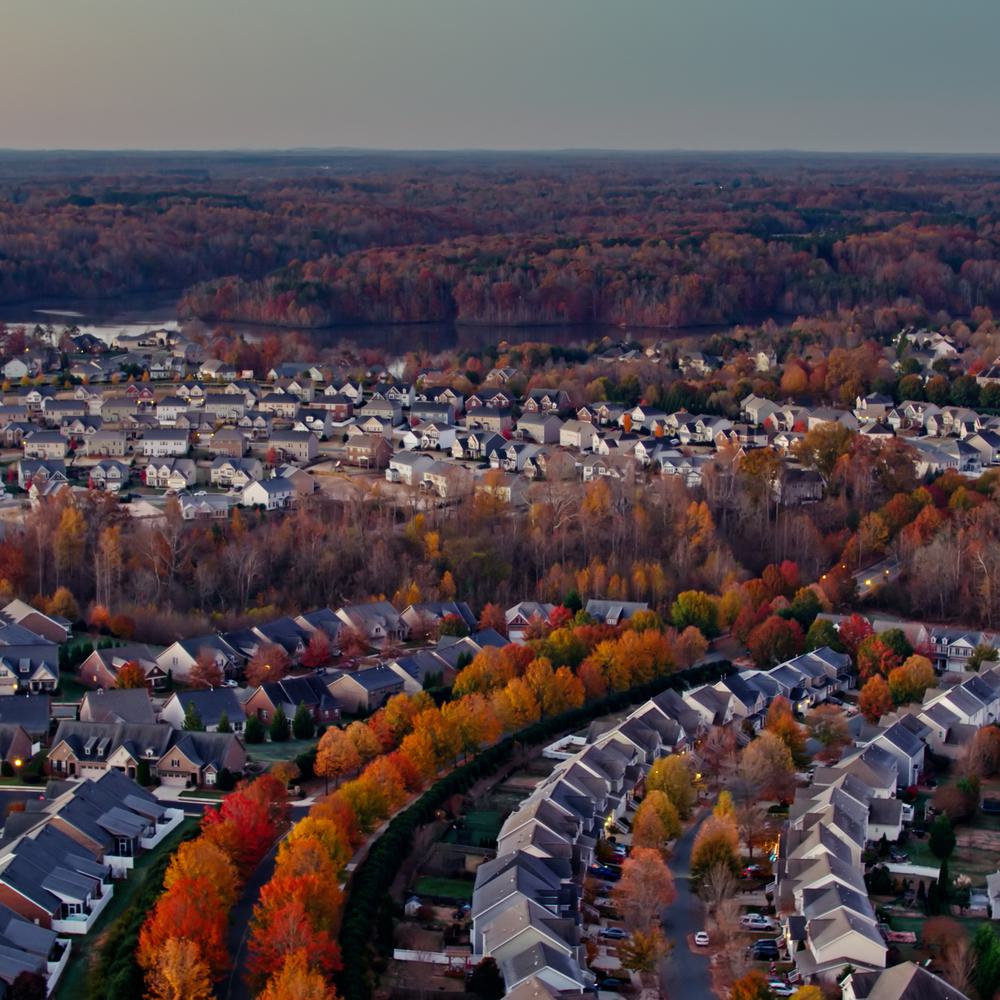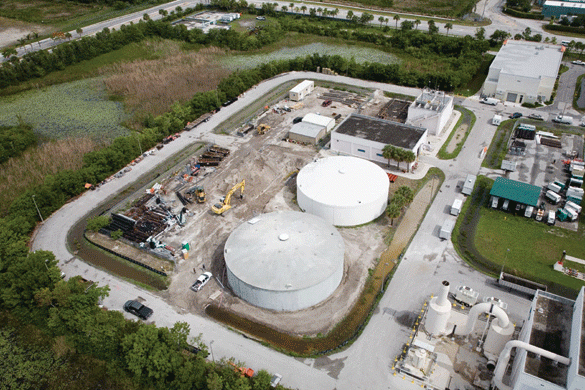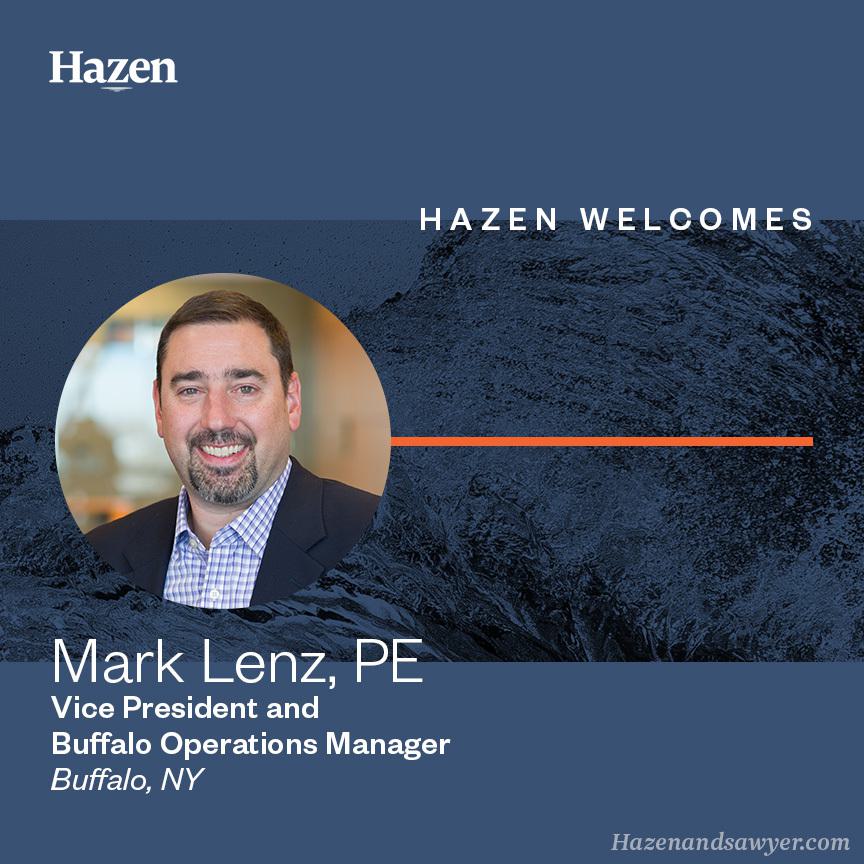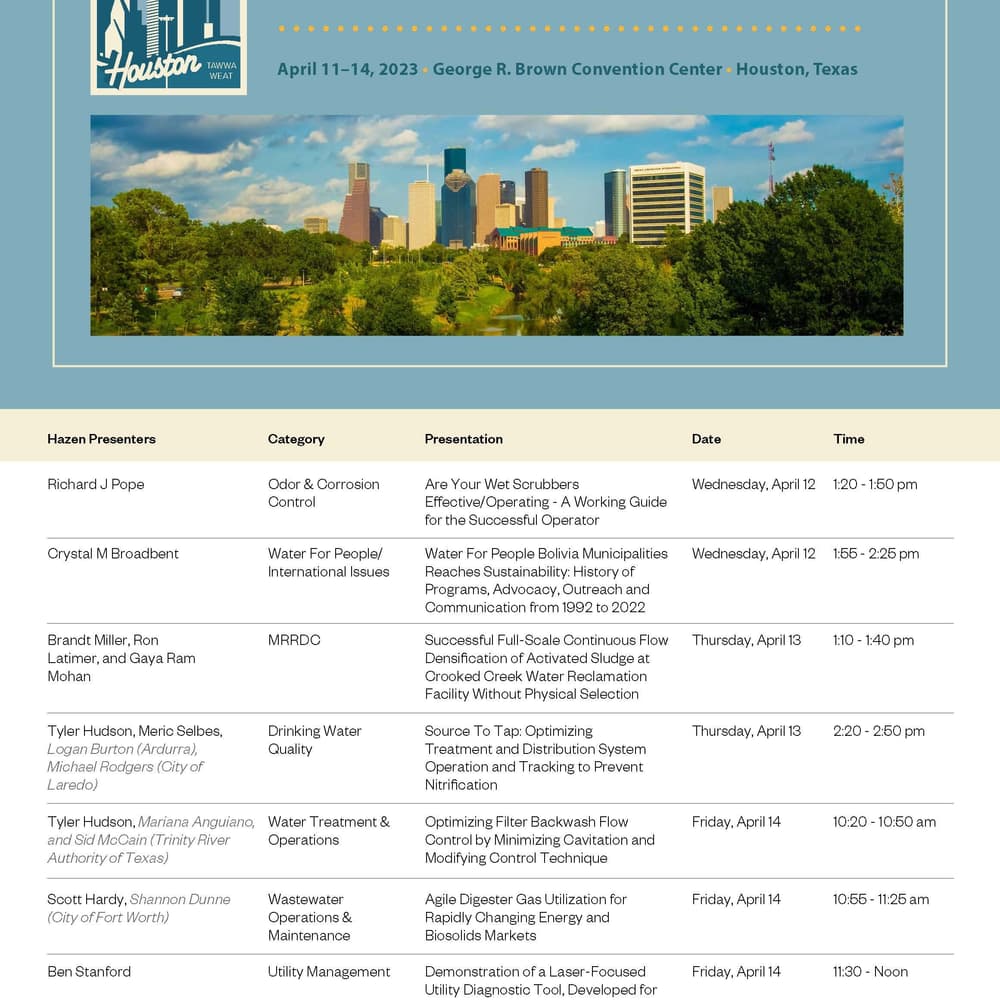Selector Zones, Space-Efficient Upgrades Boost Wastewater Treatment Plant’s Sludge Removal
Hazen and Sawyer used a highly tailored design to help a Maine facility significantly improve treatment while avoiding costly new construction.
At a Glance
- Hazen and Sawyer helped the Portland Water District significantly improve sludge settling at the East End Wastewater Treatment Facility in Portland, Maine—saving the facility energy and reducing environmental risks.
- The upgrades allowed the facility to install new aeration equipment without having to construct any new buildings, likely saving PWD several million dollars.
- The upgrade allowed the facility to reduce nitrogen levels in the effluent at no extra cost.

Benjamin Levin is an Associate Vice President with expertise in the planning, design and construction of wastewater treatment plants and pump stations.
Related Topics:
Opened in 1979, the Portland East End Wastewater Treatment Facility sits on Casco Bay in southern Maine. The Bay includes recreation sites like East End Beach, which is very close to the facility and clean enough for boating and swimming.
The East End Wastewater Treatment Facility in Portland, Maine, is the biggest such plant in the state. Run by the Portland Water District (PWD), it serves 60,000 people and empties into a busy bay bordering the Atlantic Ocean.
The facility’s aging aeration equipment was struggling to add enough oxygen to the wastewater to effectively remove sludge. The excess sludge, in turn, was spurring the growth of filamentous bacteria—bacteria that can form in long, threadlike bundles—slowing down treatment processes and increasing the potential for algal blooms in receiving waters. The plant was also seeing fluctuations in its sludge volume index (SVI), which measures sludge settleability. It’s ideal for a plant’s SVI to be low and consistent. The East End plant’s SVI was high and volatile.
PWD hired Hazen to figure out an aeration system upgrade to address those challenges in the most cost-effective way possible. We achieved that objective by going the extra mile in multiple aspects of the project.
“From the first hour of start-up, we realized an immediate improvement in our plant performance. The new system met our performance goals and even helped reduce odors at the plant.” Scott Firmin, Director of Wastewater Operations, Portland Water District
The Hazen team built and calibrated a BioWin model of the plant to figure out the best upgrade approach. Beyond historical operations data and new sampling data, the model incorporated selector zones: smaller, semi-open chambers added within the aeration tanks. Selector zones allow operators to create multiple ecosystems within one tank. Each zone can use a different biological treatment process to target different unwanted bacteria, giving operators more sophisticated control. Ultimately, the team recommended four selector zones per tank, along with new blowers and fine-bubble diffusers. The blowers and diffusers—which work together to push air into the bottom of the tanks—were sized based on the modeling.
Adding blowers often requires adding a new building to house the equipment and accompanying electrical room. But in studying the East End Wastewater Treatment Facility, Hazen’s engineers identified adequate spaces within existing tunnels.
Lastly, throughout design and construction, Hazen collaborated extensively with PWD through numerous workshops, conference calls, and meetings. We engaged every department involved in the treatment process to ensure we were meeting the client’s needs and communicating effectively.
Since completing the aeration upgrade, PWD has reduced filamentous bacteria growth and cut average SVI values at the plant by more than 50 percent, from 250 milliliters per gram (mL/g) to 120 mL/g. The new selector zones have allowed plant operators to manipulate treatment conditions depending on the season and temperature—a flexibility that has not only improved overall effluent quality but increased nitrogen removal. And by Hazen’s estimates, making the upgrades without constructing any new space likely saved PWD approximately $1.5 million.
Selector zones (the segmented sections shown here) were built within existing aeration tanks. The upgrade project added four zones to each tank, giving operators the ability to pick from four biological treatment modes: aerobic, anoxic, anaerobic, and anoxic with nitrate recycle pumps.
A newly installed fine-bubble diffuser system at the base of one of the facility’s aeration tanks. Often, treatment plants upgrading to blower-diffuser systems have to add new buildings to accommodate the blowers (which push air through the diffusers). But Hazen’s design incorporated the blowers into existing tunnel space.



















